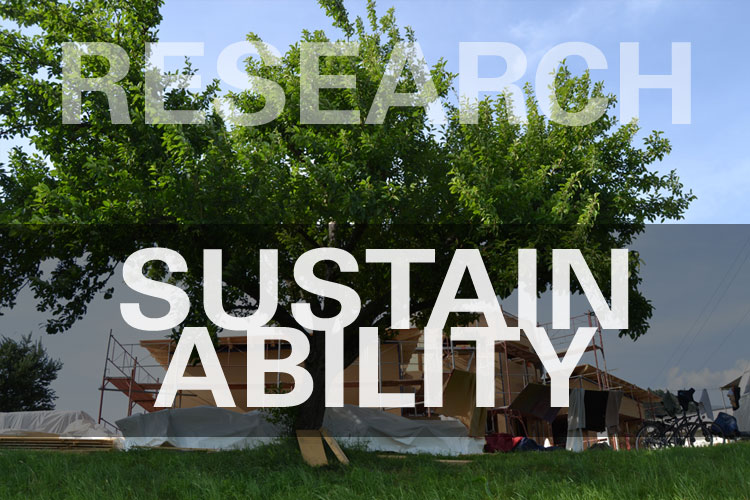Research in architectural design and the built environment is diversifying and reaching new directions. Technological changes, such as new materials, design representations, and construction techniques have accelerated the need to advance knowledge across the design disciplines. Today, research is more important than ever and is becoming an integral component in the design practices. In fact, this is the first time that architectural practice and academic institutions are collaborating and organizing a conference dedicated to architectural research. The theme of ARCC 2015 Conference – The FUTURE of Architectural Research – is intended to help define the future directions of architectural research and practice.
The conference explores interdisciplinary approaches that address advanced materials, building technologies, environmental and energy concerns, computational design, automation in construction and design delivery methods. The intent is to bring together researchers, design practitioners, faculty members, policy makers, funders, educators, and students to discuss the latest achievements in architectural research, to bridge the gap between academic and practice-led research efforts, and to set the course for future direction of architectural research. Technological advancements, environmental considerations and concerns, complexity and requirements of today’s design practices, as well as challenging economic factors are some of the impending motives for bridging the gap between academic and applied research.
Conference themes include research topics relating to:
- Advanced Materials and Building Technologies: materials, their performance and applications in architectural design, experimental studies, building technologies and implementations in current design projects.
- Environmental, Energy and Building Performance Factors: environmental and energy aspects in buildings and cities, high-performance buildings.
- Computational Design: computational tools and approaches for design, BIM, parametric modeling, simulations and modeling, use of virtual reality for design.
- Social and Behavioral Research: building use and operation, post-occupancy evaluations, and occupant satisfaction.
- Building Types and Design Methods: specific building types and their design methods.
- Research in Practice: new modes of research specifically suited for design practices, appropriate methods, and implementation of results.
- Research and Education in Academia: new modes of research in academic settings, integration of educational curricula and research.
The research papers included in this book address the above stated themes and topics, and provide an excellent overview of cutting-edge architectural research and results. For example, several research papers relate to extremely low-energy and net-zero energy buildings, building-scale and community resiliency, new materials and building technologies, and advanced computational design, prototyping, and fabrication methods present some of the emerging issues. Other research papers focus on specific building types (e.g., commercial, residential, healthcare, learning environments), and discuss the intricacies and design methods that must be taken into account during the design process of these specific building typologies. Social and behavioral research papers discuss occupants’ psychological and physiological well-being and identify important considerations and factors that influence operational side of the built environment. Papers that focus on research and education in academia present some of the emerging methods for integrating research and pedagogical modes in architectural design, and discuss variety of case studies.
It is our intention to increase discernibility of current architectural research, both practice-led and from the academy, and begin to form collaborative alliances that will result in wider implementation of research results, improved design practices and outcomes, increased funding for architectural research, and significant impacts on the society and built environment.
Authors: Ajla Aksamija; John Haymaker; Abbas Aminmansour



